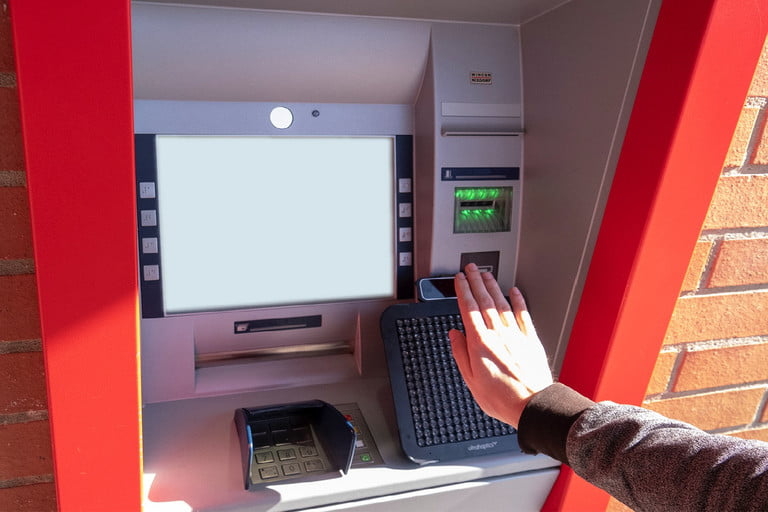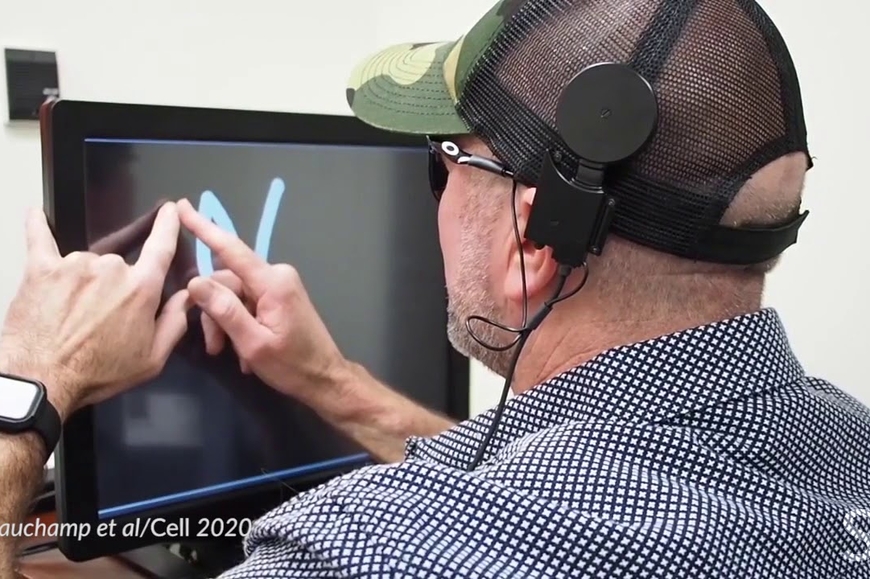
Photo courtesy of Viktorija Paneva
Investigators at the university have been working to develop a special speaker system that emits ultrasound waves with the purpose of letting people read braille in midair. It does this by using acoustic force to stand in for the usual tactile embossed braille writing.
“With HaptiRead, we investigate for the first time, in a user study with blind people, the possibility of using midair haptic technology for the purpose of presenting braille text as a touchless haptic sensation,” Viktorija Paneva, one of the researchers on the project, told Digital Trends. “Midair haptic devices consist of an array of phased ultrasonic speakers. By modulating the focused ultrasonic waves, it is possible to generate perceivable haptic points in midair. The sensation is usually described by users as a focused, gentle air breeze.”
